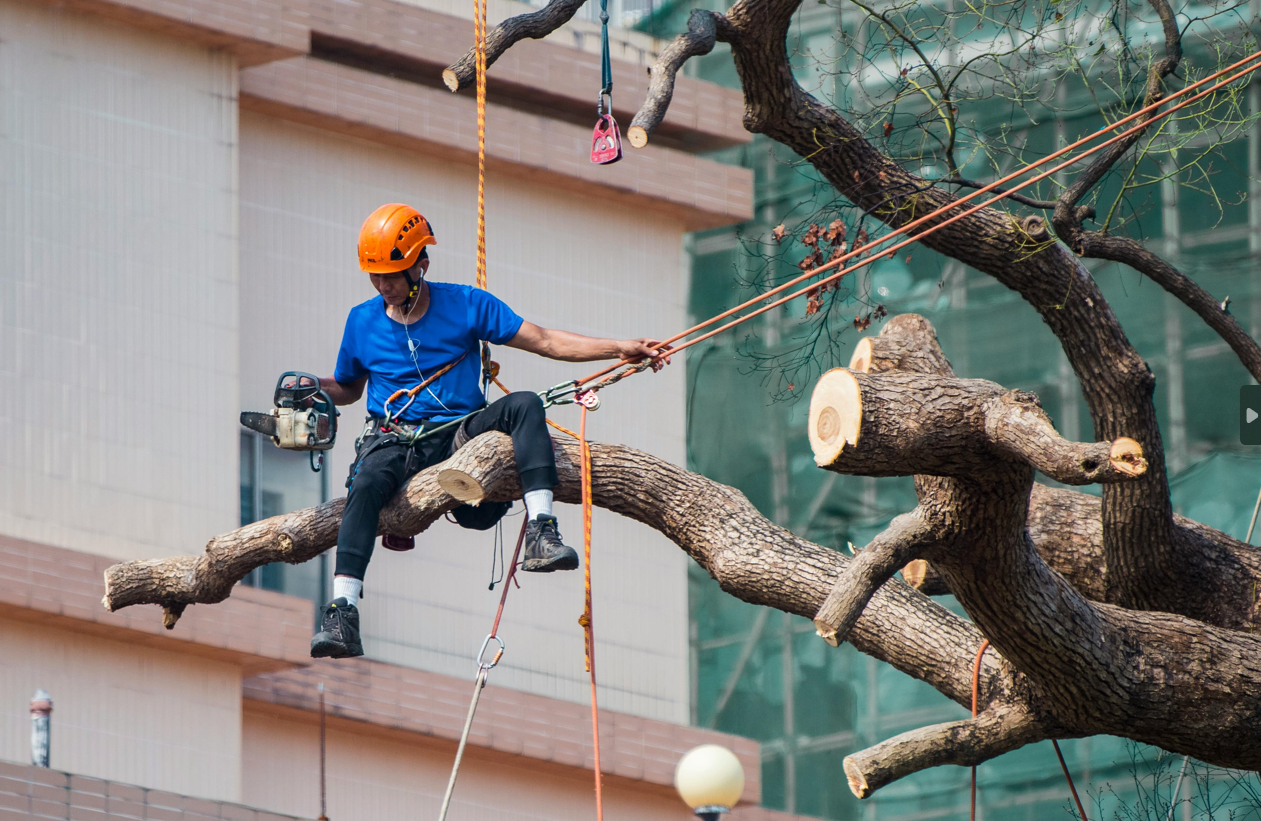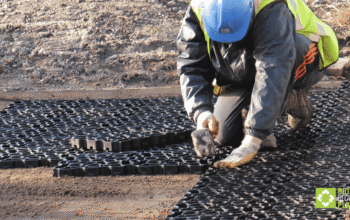In the bustling environment of modern cities and towns, maintaining a balance between natural beauty and infrastructure is crucial. One of the most significant yet often overlooked aspects of this balance is tree pruning near power lines. Proper tree trimming ensures public safety, uninterrupted power supply, and the health of the trees themselves. This blog will walk you through the essential guidelines for tree pruning near power lines, offering valuable insights for both professionals and homeowners.
The Importance of Pruning Near Power Lines
Understanding why tree trimming near power lines is vital sets the stage for safe and effective practices. Trees growing too close to power lines can lead to severe consequences. Strong winds or heavy snow can cause branches to fall, risking power outages and even fires. Regular pruning minimizes these risks, ensuring a reliable power supply and safeguarding public safety.
Additionally, proper pruning contributes to the tree’s overall health. Removing dead or overgrown branches allows for better air circulation and sunlight penetration. This not only enhances the tree’s structural integrity but also promotes vigorous growth. For communities, well-maintained trees enhance aesthetic value and property appeal.
Finally, regulatory compliance is a compelling reason to adhere to pruning standards. Utility companies and municipalities often have specific guidelines that must be followed. Ignoring these can lead to legal issues and financial penalties. Thus, understanding and implementing proper pruning practices is a responsibility that bears significant importance.
Guidelines for Safe Tree Pruning
To achieve effective and safe pruning near power lines, it’s essential to follow established guidelines. Firstly, always identify the type of utility line you are dealing with. Different voltages require different clearances. For example, high-voltage lines necessitate greater distances compared to lower voltages.
Engage in directional pruning, a technique that focuses on guiding the tree’s growth away from power lines. This involves making strategic cuts that encourage branches to grow in a safe direction. It not only addresses immediate concerns but also reduces the need for frequent pruning.
Employing proper tools and techniques is critical. Use sharp, sanitized tools to make clean cuts. This reduces the risk of disease transmission and promotes quicker healing. Remember to cut at the branch collar, the part where the branch meets the trunk. Cutting too close or too far can damage the tree and hinder its growth.
Professional Tree Pruning Services
While some tree pruning tasks can be handled by homeowners, pruning near power lines often requires professional intervention. Certified arborists and tree surgeons possess the expertise and equipment necessary for safe and effective pruning. They understand the complexities of working around live electrical wires and adhere to stringent safety protocols.
Hiring professionals ensures compliance with local regulations, minimizing the risk of accidents and legal issues. These experts are trained to assess the health of the tree and determine the best pruning strategy. They also carry insurance, providing an added layer of protection for both homeowners and utility companies.
When choosing a professional service, look for certifications and reviews. Organizations like the International Society of Arboriculture (ISA) offer credentials that indicate a high level of expertise. Additionally, customer testimonials and case studies provide insights into the quality of service.
Best Practices for Homeowners
For those who prefer a hands-on approach, understanding some best practices can make pruning a safer task. Always prioritize safety by wearing protective gear such as gloves, goggles, and helmets. Stay aware of your surroundings and never attempt to prune branches that are within ten feet of a power line. If in doubt, always call a professional.
Timing your pruning activities is crucial. Late winter to early spring is often the best time to prune most trees. This period allows for easier identification of branches and promotes quicker healing as the tree enters its growing season. However, some species may have specific requirements, so it’s essential to research or consult with an expert.
When making cuts, aim for clean, precise angles. Avoid tearing the bark, as this can lead to infections and pest infestations. Also, remove no more than 25% of the tree’s canopy in a single season. Over-pruning can stress the tree and inhibit growth.
Environmental Considerations
Pruning trees near power lines also involves being mindful of environmental impacts. Avoid excessive use of chemical treatments or growth inhibitors, as these can harm the surrounding ecosystem. Opt for organic or environmentally friendly products whenever possible.
Consider the wildlife that may inhabit your trees. Birds, squirrels, and insects often use trees as their homes. Plan your pruning activities to minimize disruption, especially during nesting seasons. This demonstrates a commitment to preserving biodiversity and fostering a healthy environment.
Additionally, explore ways to repurpose the pruned branches. Instead of discarding them, use them for mulch or firewood. This not only reduces waste but also provides benefits to other areas of your garden or household.
Protect the Trees and Your Property
Understanding and implementing utility pruning standards for trees near power lines is essential for safety, tree health, and environmental stewardship. By following established guidelines and best practices, homeowners and professionals alike can contribute to a more secure and aesthetically pleasing community.
For those in need of expert assistance, Forrest Tree Surgeon offers specialized services to ensure compliance and optimal tree care. Remember, proper pruning not only protects your property but also enhances the beauty and longevity of your trees.








